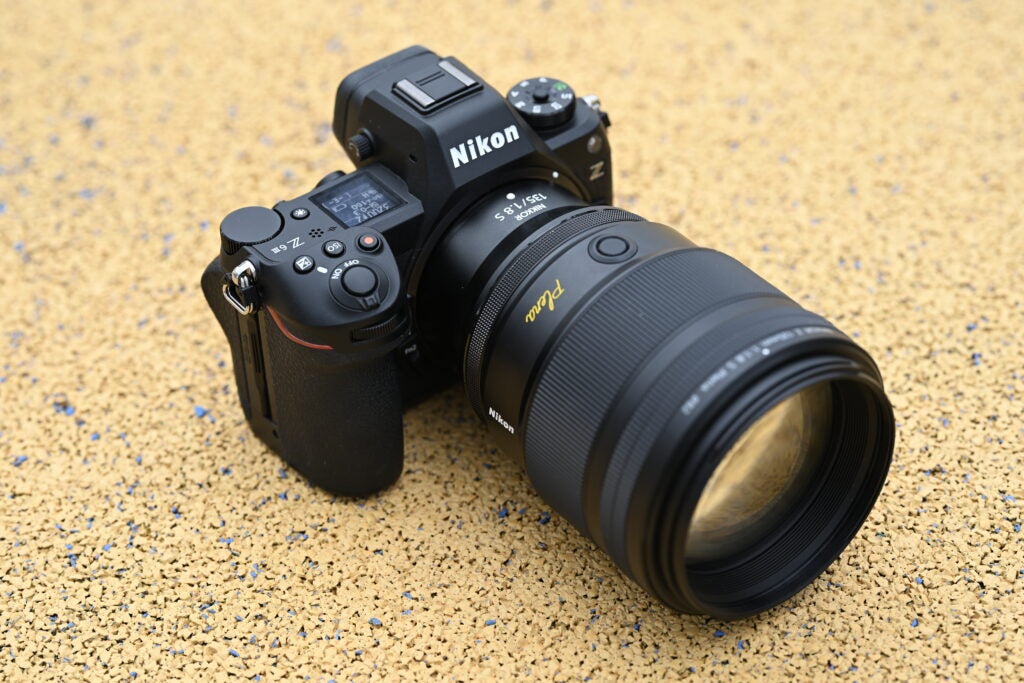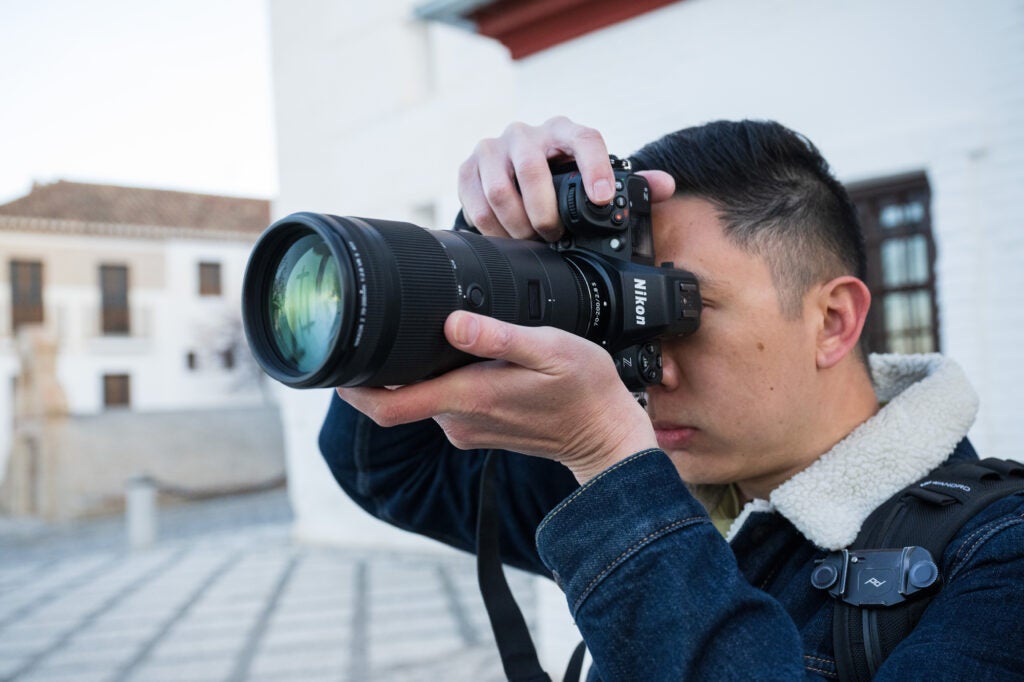The Nikon Z6 III has arrived to revamp Nikon’s mid-range full-frame line-up this summer.
The Z6 III sits directly below the Nikon Z8, a camera that is essentially a cheaper, more compact alternative to the flagship Nikon Z9 with many of the same specs and features. The Z6 III, meanwhile, is even more affordable but makes some compromises in the way of its sensor and features.
Keep reading to learn how the Nikon Z6 III and Z8 compare.
The Nikon Z6 III is smaller and lighter
One benefit of opting for a midrange camera such as the Nikon Z6 III is that they’re often smaller and more lightweight than their higher-specced counterparts.
The Nikon Z6 III measures 138.5 x 101.5 x 74mm and weighs 760g with the battery and memory card included.
The Nikon Z8, while 30% smaller and lighter than the Z9, remains a bit bigger and heavier than the Z6 III in all dimensions. The camera measures 144 x 118.5 x 83mm and weighs 910g including the battery and memory card.


The Nikon Z8 has a fully stacked sensor
Another difference between the Nikon Z6 III and the Z8 is the type of sensor they carry.
The Nikon Z8 includes a 45.7-megapixel stacked CMOS sensor, whereas the Z6 III is fitted with a first-of-its-kind 24.5-megapixel partially stacked CMOS sensor.
Along with sporting half the number of megapixels, the Z6 III’s sensor is slower than a fully stacked sensor, resulting in a slower readout speed from the midrange camera.
The Nikon Z6 III has a brighter viewfinder
One of the biggest upgrades that launched with the Nikon Z6 III is the camera’s incredibly bright electronic viewfinder.
The 5670k-dot EVF has a 60fps refresh rate and a peak brightness of 4000 nits, making it the brightest in its class. The viewfinder is also the first EVF to support a DCI-P3 colour gamut for more lifelike colours.
The Nikon Z8 features a lower-resolution 3690k-dot EVF with a faster 120Hz refresh rate and 18 levels of brightness. However, the Z8’s viewfinder peaks at 3000 nits of brightness, making the Z6 III ‘s EVF about 33% brighter.


The Nikon Z8 can capture 8K RAW video
Finally, both of these cameras are capable of capturing very high-resolution video, making them solid hybrid options.
However, the Nikon Z8 has the edge in this area by enabling 8K RAW video capture at up to 30p, along with 4K at up to 120p. The Nikon Z6 III, on the other hand, can capture 6K RAW video at up to 60p, or 4K at up to 120p.

